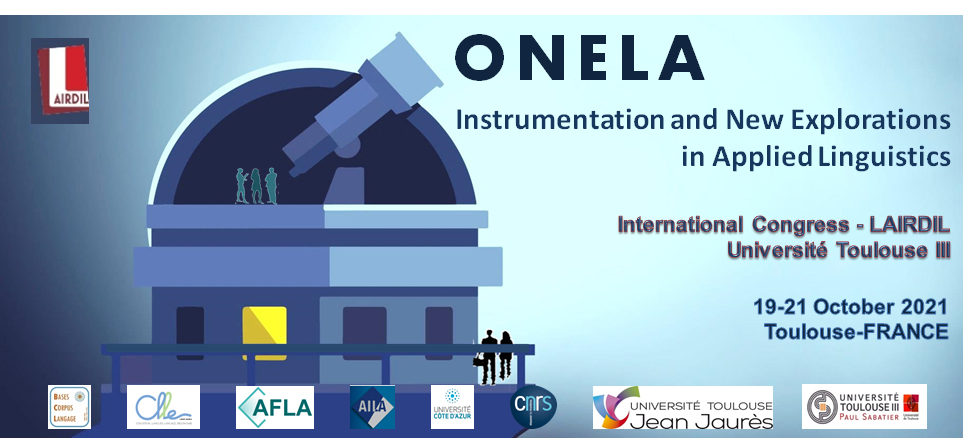The success of social media over the past decade has seen a vast increase in typographical Computer Mediated Communications. My research on non-standard 1sg in English ("i") aims to demonstrate that the use of novel form is both conscious and meaningful. Indeed "i" is a variation carrying its own linguistic mechanisms, since its emergence and adoption stem from the lack of a sign expressing attenuation. There is no punctuation mark in English which functions as the contrary of "!”, and this paucity of expression can come at a cost, especially on social networks. In this presentation, I will demonstrate
a) how the use of a lowercase 1sg ("i") — which in English is an aberration — can have prosodic effects on the total utterance, and thus signify a feeling. And,
b) how textometry allows us to reveal how “i” is used in a contrastive corpus, by testing its frequency with several collocations, among others: slurs and hate speech, hapax, and additional forms.
First I will briefly present the theoretical approach used to expose the suprasegmental properties of "i", and the meaning of this in an online context. I will then explain how textual data analysis software (Iramuteq, TXM) was used to demonstrate that there may be a correlation between the signifier "i" and the robustness of opinion; a pragmatic use I call "Active Nonchalance”.
The corpus consists of tweets addressed directly (@) to Boris Johnson and to Jeremy Corbyn, from December 10 to 13, 2019 during the UK general elections. The results obtained tend towards the confirmation of my hypothesis that "i" is used for its prosodic effect which amounts to publishing a statement 'with a grain of salt', especially when it comes to opinions on divisive topics.
Bertolotti, M. (2018). A cognitive neuroscience view of inner language: to predict and to hear, see, feel. In Langland-Hassan, P. & Vicente, A. (eds.), Inner Speech : nature, functions, and pathology. Oxford University Press.
Bürki, A.(2018) Variation in the speech signal as a window into the cognitive architecture of language production. Psychon Bull Rev 25.
Chomsky, N., et Halle, M. (1968) The Sound Patterns of English. Harper & Row.
Cruttenden, A. (1997) Intonation. Cambridge. p. 13
Gadet.F (1994). La Variation sociale en français. Paris, Ophrys.
Tantawi, T., Rosson, M.B. (2019) The Paralinguistic Function of Emojis in Twitter Communication In Proceedings of the 7th Conference on CMC and Social Media Corpora for the Humanities. Cergy-Pontoise University, France, pp. 68-72.
- Poster

 PDF version
PDF version

